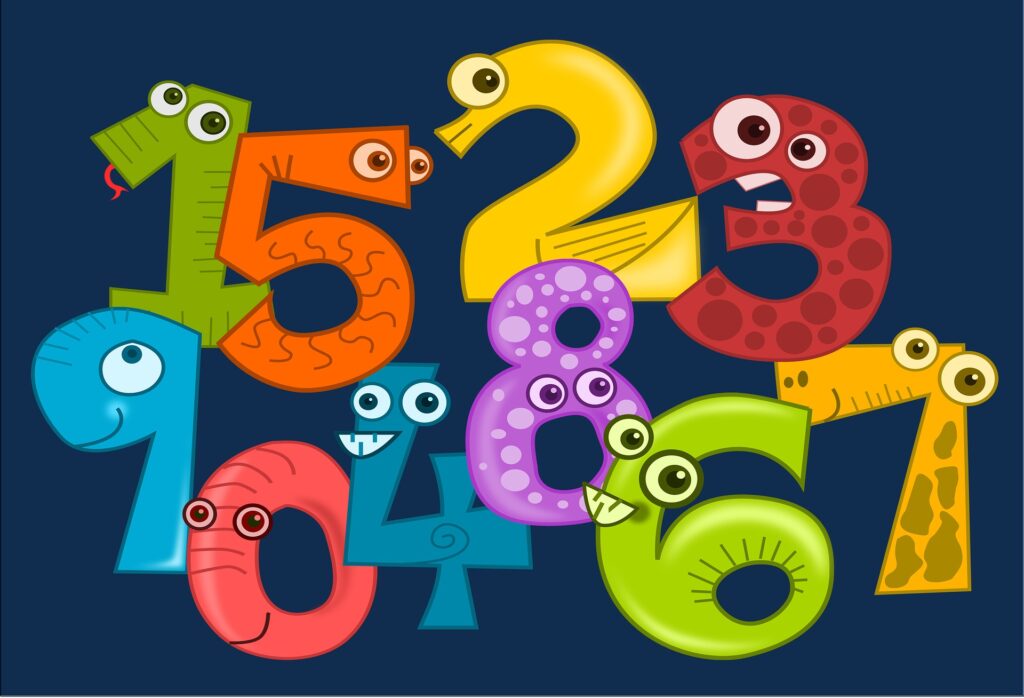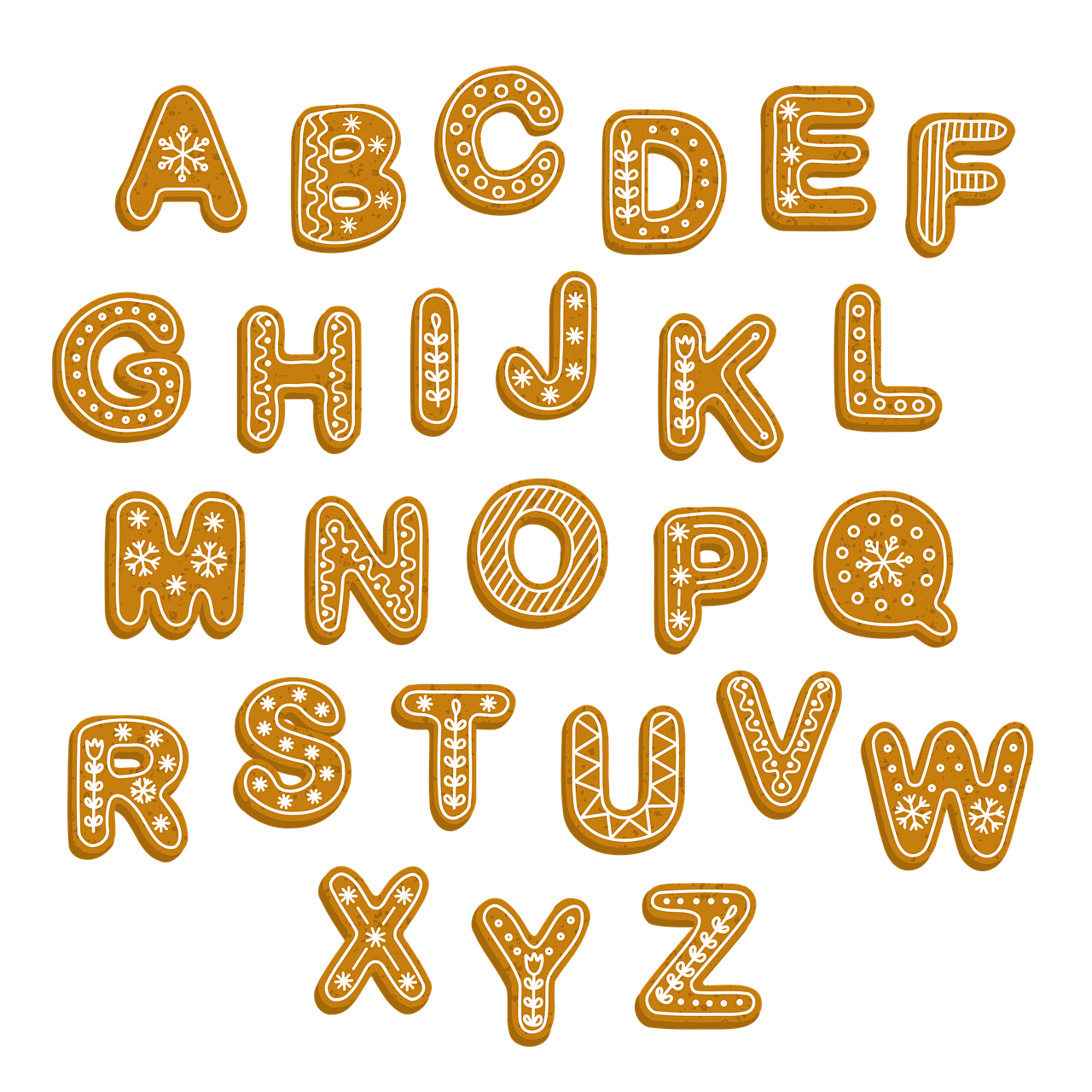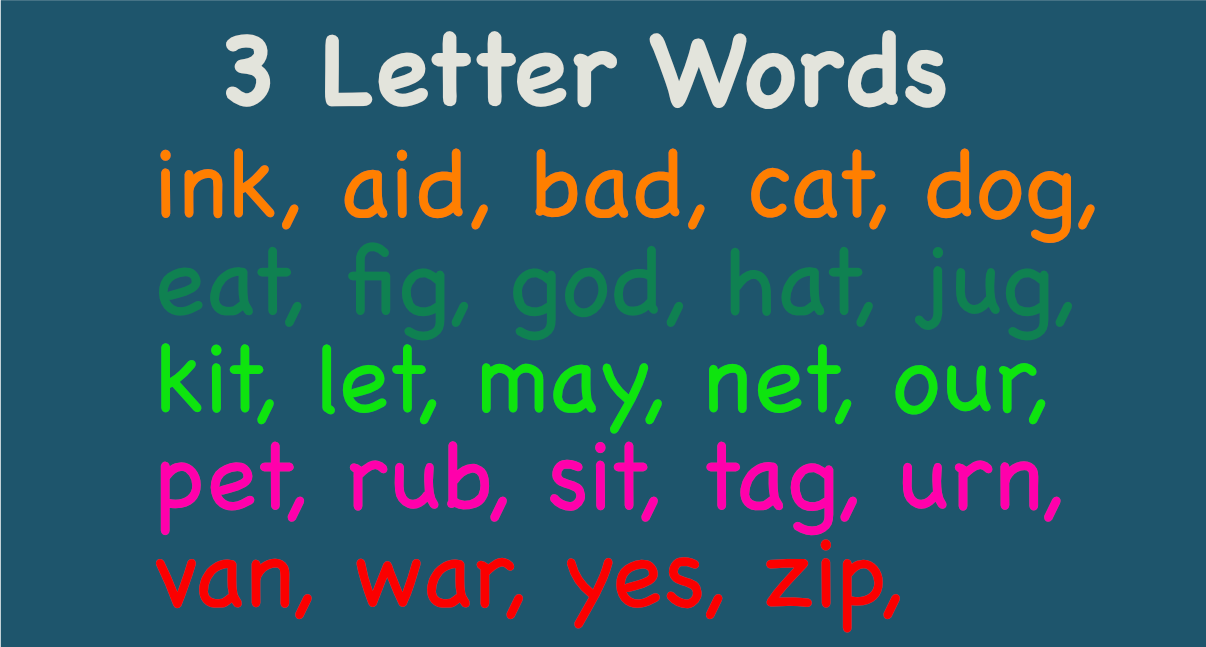
One to one number correspondence activities can be used to teach children to match quantities to corresponding numbers. There are several steps involved in this process. First, you introduce the concept.
Second, model the process for children. Third, give children opportunities to practice. For best results, begin with children who have a solid understanding of one-to-one number correspondence.
Contents
- 1 Counting Objects In One-To-One Correspondence
- 2 Counting Objects is a Foundational Math and Life Skill
- 3 Matching Quantities To Corresponding Numbers
- 4 Introducing the Number Correspondence concept to Kids
- 5 One-To-One Number Correspondence Activities Are Critical
- 6 Duck Counting and One-One Correspondence
- 7 Modeling The Concept For Children
- 8 Practice Makes Perfect
- 9 Resources For Teaching The Concept
- 10 One To One Number Correspondence Learning Resources
Counting Objects In One-To-One Correspondence
Counting objects in one-to one correspondence is an important skill for preschoolers to develop. The practice involves pointing to an object, counting it out, and then moving on to the next object.
You can also count objects using finger puppets or nursery rhymes. Calendar number cards can also help your child to determine how accurate their counting is. They can also try counting objects into jars and comparing the quantity of each with the number of the next object.
Beginning counters may have difficulty with one-to-one correspondence, because they don’t have the number sense needed to understand the concept. However, once they have grasped the concept, they can easily use a number-to-one correspondence game to teach their numbers.
Counting with one-to-one correspondence is much more complex than simple rote counting. It can take months for a preschooler to learn this skill, so teachers must provide lots of opportunities for one-to-one practice. The process can be simple or complex, depending on your child’s level of readiness and experience.
The best way to teach one-to-one correspondence is through games. These are effective because they require the child to use his mind and eyes simultaneously. They also require them to say the numeral name aloud. The key is to use games that are enjoyable for children to learn in a fun way.
Counting Objects is a Foundational Math and Life Skill
Counting objects in one-to one correspondence is a fundamental skill that requires practice. It’s important to set an example for children to follow.
Counting objects in one-to-one correspondence can be difficult for a child to master, but by modeling the process, parents can help them become successful at it. To do this, parents should point to the objects and use pointing and moving gestures to help their child grasp the concept.
Matching Quantities To Corresponding Numbers
When teaching students about corresponding numbers, you can help them understand them by using physical objects and pictures as models. You can also play games with number puzzles.
For example, your students can play a matching game by picking the number name that matches a set of objects. A small group setting is ideal for students who struggle to understand the concepts.
This game encourages children to recognize numbers and to use one-to-one correspondence. The game features cards with numbers one to 20 along with corresponding illustrations.
Students can practice their matching skills by playing independent and small group games with these cards. These activities will help them to strengthen their memory and enhance their independence.
Introducing the Number Correspondence concept to Kids
One to one number correspondence is a critical skill for young children. Without this foundational skill, a child will struggle to move on to more complex activities. Here are some activities to help your child develop this important skill. Using an abacus is a fun way to introduce this concept. Young children love to play with abacuses. As they move the bead from one side of the abacus to the other, they are practicing the concept of one-to-one correspondence.
Using objects to practice one-to-one number correspondence is also a fun way to introduce this concept. Using a five-frame or ten-frame is a great way to start. Have your child place an object in each square as he or she says the number. Then, have them practice counting by placing objects on the ten-frame.
One-To-One Number Correspondence Activities Are Critical
One-to-one number correspondence activities are great for young children because they require the child to use both of their senses. They require children to use their eyes and their minds to match the numbers.
They should spend between five and eight minutes on each activity, so it’s vital to find one that engages children. There are also many games that can help your child develop their understanding of one-to-one correspondence.
One-to-one number correspondence activities are great for preschoolers because they allow children to connect one-to-one numbers to real-world objects. Children can practice counting by using various objects, including balls and beanbags. They can also practice their hand-eye coordination and visual coordination through counting tubes.
Duck Counting and One-One Correspondence
Another activity for introducing the concept of one-to-one number correspondence is duck counting. Using a story about ducks, read the book 10 Little Rubber Ducks. Once the book is read, children can count ducks by rolling a foam die.
Modeling The Concept For Children
Modeling the concept of one to one number correspondance for children is a great way to build early mathematics skills. As a parent, you can make learning about number correspondence fun by counting objects with your child.
For example, you can play a games where your child counts plastic cups and skittles. You can also extend this activity by using a variety of objects to teach number bonds.
Children can begin exploring the concept of one-to-one number correspondence when they are 18 months old. This approach is also referred to as rational counting. It’s more advanced than rote counting and should be introduced with concrete objects. This way, they can relate quantity to shape and size.
Once children have mastered this skill, they can progress to higher levels of mathematics. For example, they can move on to more complex activities that involve concepts such as equivalence, conservation of number, and “more or less.” When children understand how to match quantities to their names, they can focus on the problem at hand.
Practice Makes Perfect
One-to-one correspondence is a skill that young children need to develop. It requires more practice than rote counting. The main objective is to teach children to associate objects with numbers and to figure out which set has more. They also need to have a lot of practice in order to be able to model the concept.
Children will be more comfortable with counting objects if they are in a line. They can also identify a number by its shape. By the time they get past one-to-one counting, they will be able to recognize the value of a group of objects based on sight.
Resources For Teaching The Concept
One of the best ways to teach one to one number correspondence is by using finger counting. This practice can be linked with a rhyme or song, such as “Once I caught a fish alive.” Using his or her fingers, the young child counts from one to ten, placing the object in each square as he or she says the number.
Another great resource is playdough. This substance can be used for a variety of games. For example, a child can make lots of little balls of dough, roll a die, and whack the same amount of balls. The next step is to find an object that is the same size.
One to one correspondence is an essential skill for young children. The process starts long before they can reliably count. In fact, some children start counting at as early as 20 months. Some children are even able to count their hands or the candles on a birthday cake.
In addition to counting objects, one-to-one correspondence is important for early literacy. It helps a child understand that pointing to one word means the same thing as a different number. There are many activities available online that incorporate this skill and help a child learn to associate the correct word with the appropriate quantity.
One To One Number Correspondence Learning Resources
In addition to counting tubes, there are many other resources that help children understand one to one number correspondence. Mathlink Cubes are especially useful for one-to-one number correspondence. You can also use magnetic number lines to teach your students to identify numbers.
Another fun resource for one-to-one number correspondence is Number Slap Jack. This activity is geared towards preschool and first grade students, and can be used in conjunction with other math activities to help students understand how to recognize numbers.



